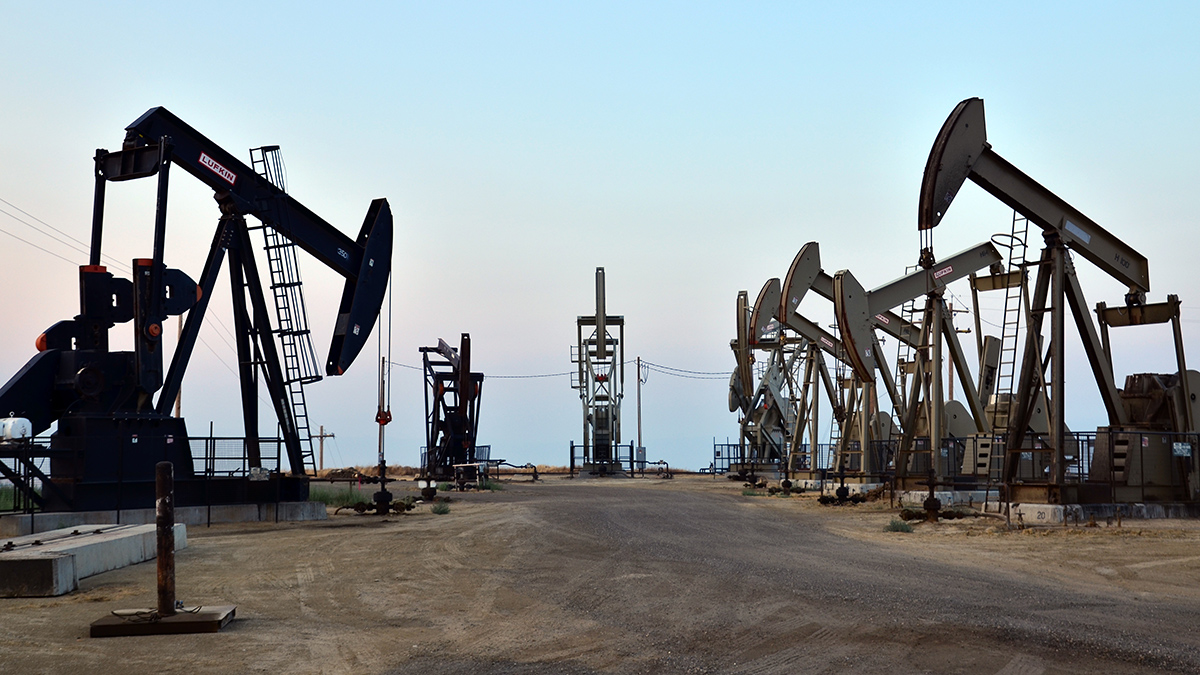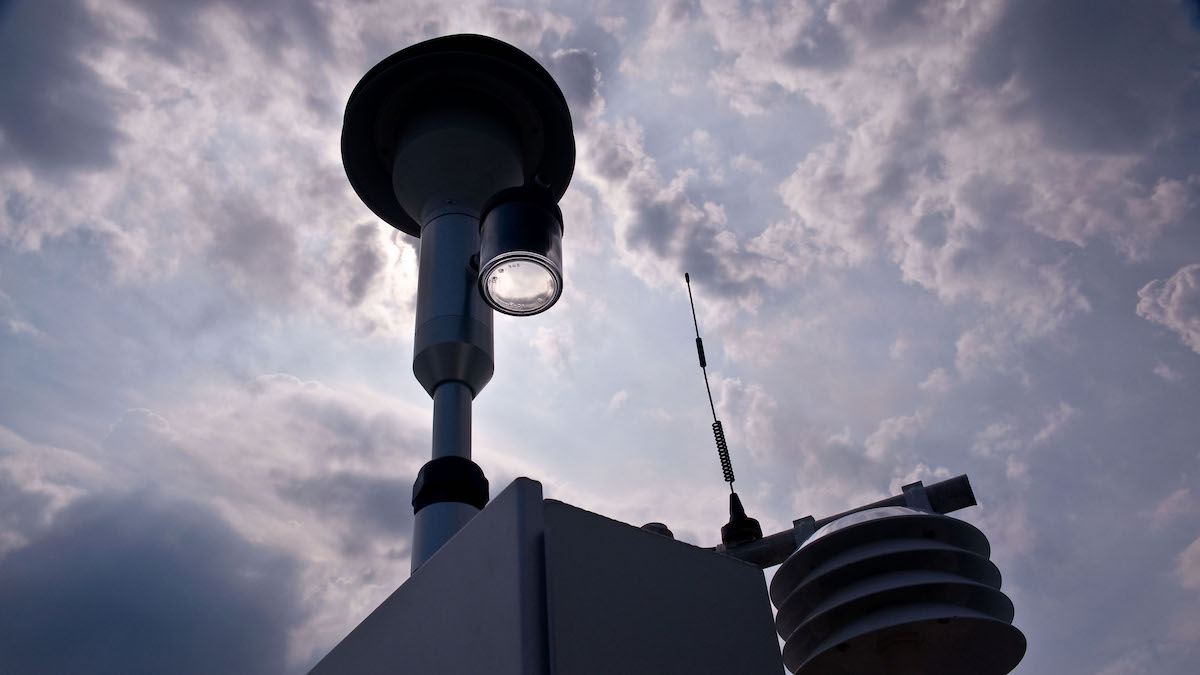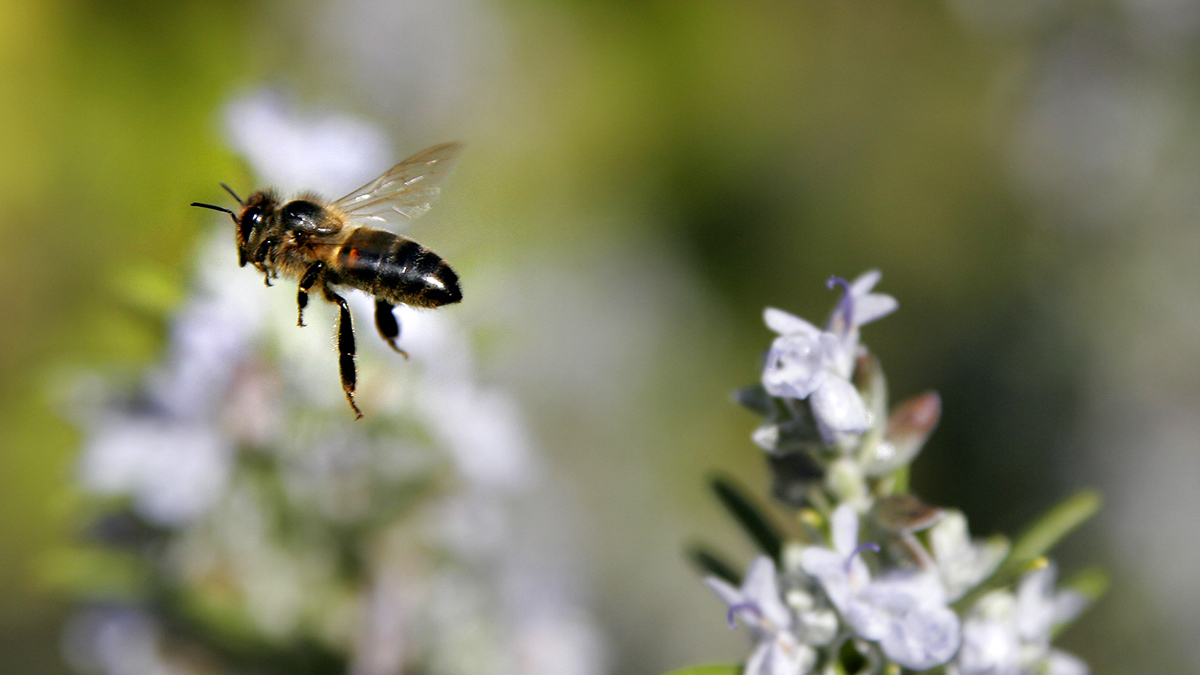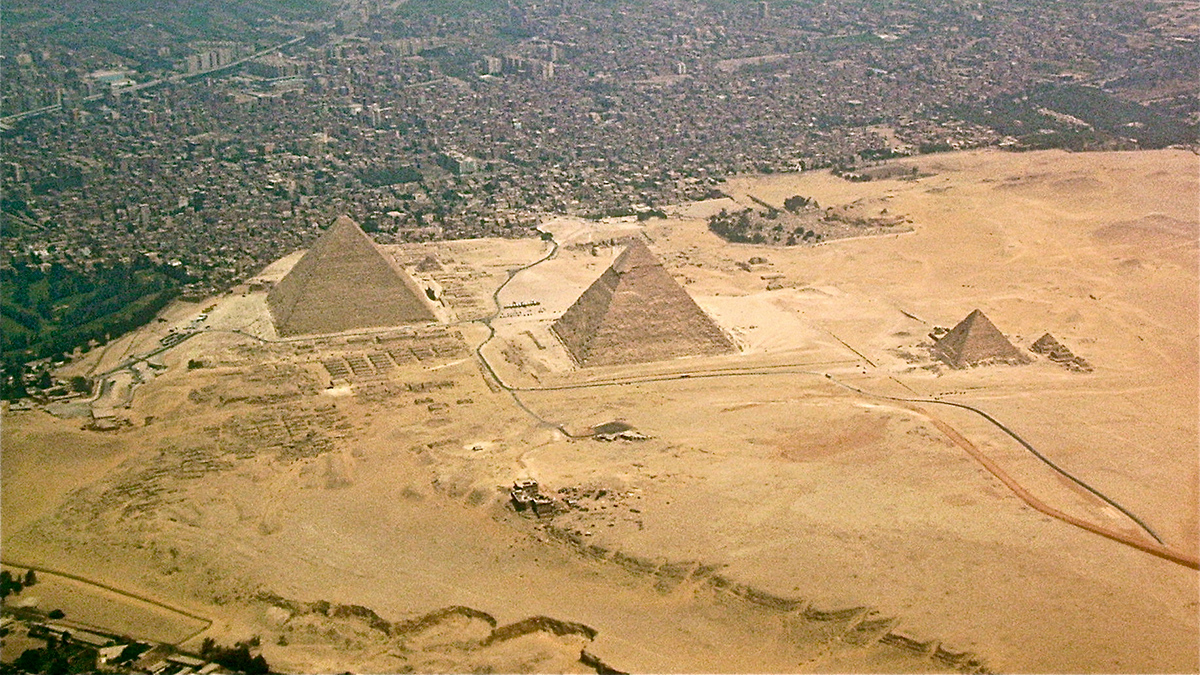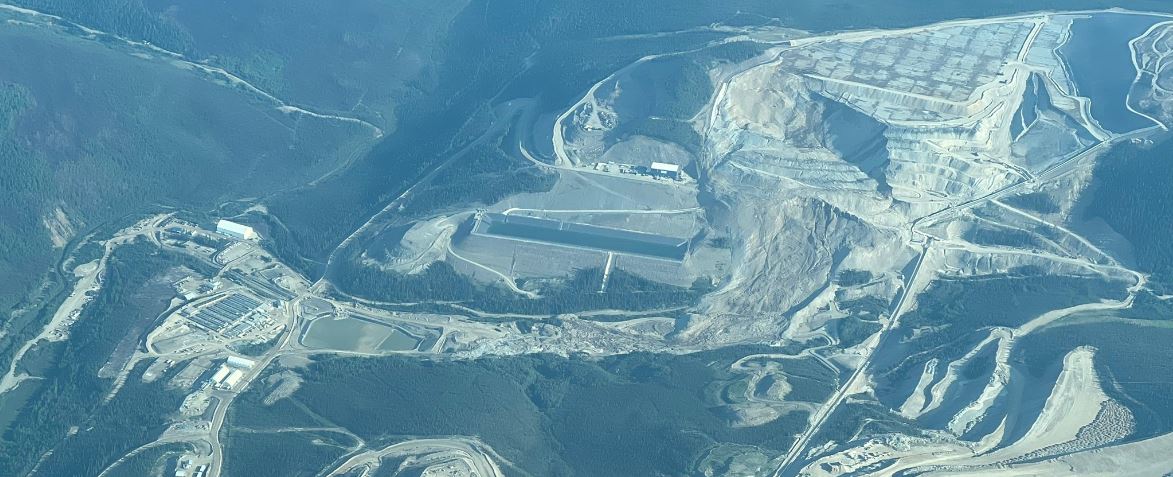The Landslide Blog is written by Dave Petley, who is widely recognized as a world leader in the study and management of landslides. On 18 February 2025, a major tailings storage facility (TSF) failure occurred at a Sino Metals facility near to Chambishi in Zambia. There has been little news reporting about this failure, but […]
pollution
Human Activities Might Create Temporary Atmospheres on the Moon
Outgassing could pose problems for long-term habitation of the Moon, including health hazards for astronauts, hindrances for electronics, and hampered scientific study.
Oil, Gas, and COVID-19
Early in the pandemic, people living near oil and gas wells experienced higher rates of COVID-19 and related mortality compared with those with no exposure to well pollution.
EPA Air Monitoring Network Misses 2.8 Million Americans in Pollution Hot Spots
Current EPA air monitoring may not capture the extent of particulate air pollution.
Air Pollution Could Make It Harder for Bees to Navigate
Fine particulate matter in the atmosphere reduces the degree of polarization of sunlight, which insects use to guide themselves home.
Encuentran contaminación por cobre de 5,000 años de antigüedad cerca de las pirámides
Una nueva investigación geoarqueológica demuestra que la metalurgia en el antiguo Egipto provocó una importante contaminación en un puerto cercano.
5,000-Year-Old Copper Pollution Found near the Pyramids
New geoarchaeological research shows that metalworking in ancient Egypt led to significant contamination in a nearby port.
Motorized Boats Likely Adding Toxins to Michigan Lakes
Researchers found naphthalene, an EPA top priority pollutant, in two Michigan lakes.
More information about the 24 June 2024 heap leach landslide at Eagle Mine in Canada
The Landslide Blog is written by Dave Petley, who is widely recognized as a world leader in the study and management of landslides. Information is emerging about the 24 June 2024 landslide at Eagle Mine in Yukon, Canada. Northern Miner has a video taken from an aircraft flying over the site that is worth a […]
Toxic Metal on the Rise in the Baltic Sea
Postwar reconstruction is likely the cause of elevated thallium levels, but low-oxygen, high-sulfide conditions keep the material, which is extremely dangerous to mammalian health, from moving into the human food chain.



